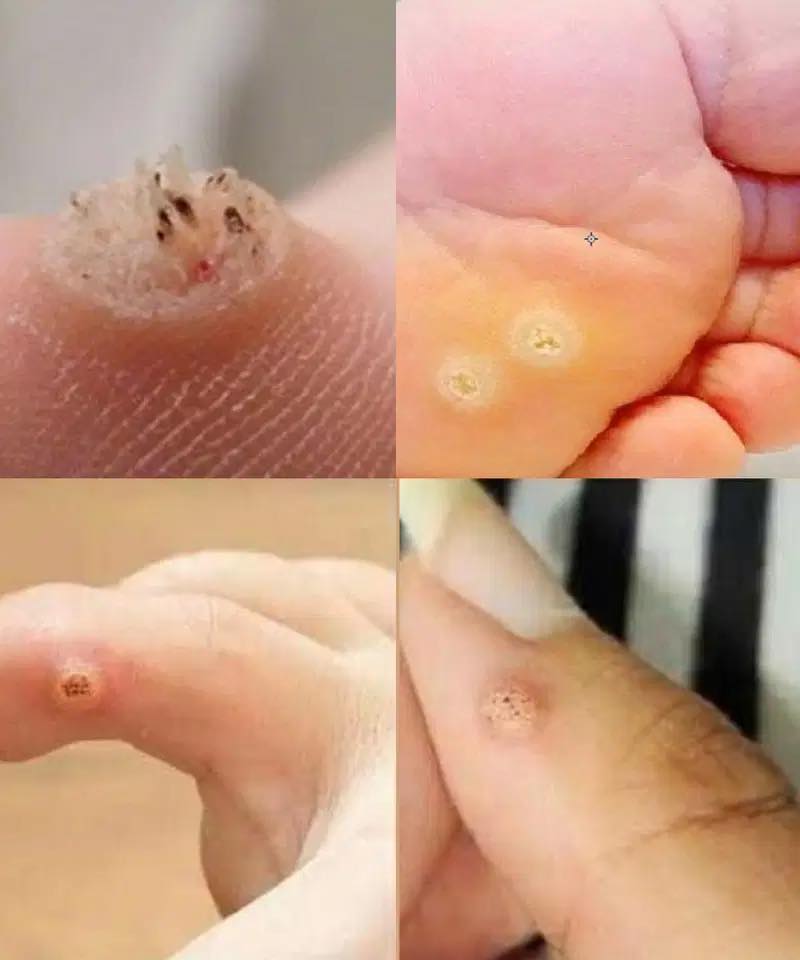
Pay Close Attention: This Type of Skin Growth Might Signal a Serious Issue
Moles are small clusters of pigment-producing cells that are generally harmless if they remain symmetrical and unchanged. However, if a mole starts to alter in size, shape, or color—or if it begins to itch, bleed, or develop a crust—it could be a warning sign of melanoma or other forms of skin cancer. Early recognition is essential for effective treatment and better outcomes.
The ABCDE Guide for Spotting Problematic Moles
To help distinguish between ordinary moles and potentially dangerous ones, dermatologists recommend following the ABCDE checklist:
Asymmetry: One side looks different from the other.
Border: Edges appear uneven, blurred, or jagged.
Color: Variations in color can occur within the mole, including shades of brown, black, red, white, or blue.
Diameter: Larger than 6 millimeters (roughly the size of a pencil eraser).
Evolving: Any change in the mole’s size, shape, color, or symptoms over time.
If you notice any mole meeting these criteria, seek medical advice promptly.
Other Skin Growths Worth Monitoring
While abnormal moles often raise concern, several other skin changes also deserve attention:
Actinic Keratoses: Rough, scaly patches linked to sun damage, sometimes developing into squamous cell carcinoma.
Basal Cell Carcinomas: Pearly or waxy bumps, frequently appearing in sun-exposed regions.
Squamous Cell Carcinomas: Firm, red nodules or flat patches with a crusty surface.
Seborrheic Keratoses: Non-cancerous brown or black growths that can resemble stuck-on debris but are sometimes confused with malignant lesions.
Warning Signs That a Skin Growth Could Be Serious
Be alert for the following signs:
A new growth that appears suddenly or enlarges quickly.
Ongoing pain, itching, or bleeding at the site.
Color spreading beyond the original borders of the mole.
A sore that persists without healing.
What Steps Should You Take If You Notice Changes?
Perform Regular Self-Checks: Examine your skin monthly, using mirrors and good lighting to spot any changes or new growths.
See a Dermatologist: Make an appointment if you see anything unusual. A dermatologist can evaluate suspicious areas, perform biopsies, or suggest removal if necessary.
Protect Your Skin: Lower your risk by using sunscreen, avoiding tanning beds, and wearing protective clothing during prolonged sun exposure.
Real-Life Case: Why Acting Early Saves Lives
Consider Sarah, a 42-year-old teacher, who initially ignored a small mole on her arm, thinking it was just a normal part of aging. As it slowly increased in size and developed irregular edges, she finally sought medical help—and discovered it was melanoma. Fortunately, thanks to early treatment, doctors successfully removed the affected tissue before it could spread further.
Sarah now encourages others to prioritize skin health: “If I’d waited any longer,” she shares, “things could have turned out much worse.”
Tips for Maintaining Healthy Skin
Learn Your Family History: Genetics can affect your risk of skin cancer.
Limit Time in Direct Sunlight: Especially between 10 AM and 4 PM, when UV rays are strongest.
Use Broad-Spectrum Sunscreen: Apply SPF 30 or higher daily, regardless of weather conditions.
Talk to Your Doctor: Share any concerns and keep them updated on changes.
Avoid Tanning Beds: These can raise your risk of melanoma by as much as 75%.
Final Thoughts
Many skin growths are harmless, but staying vigilant is crucial for peace of mind and timely medical intervention. Early detection significantly increases the chances of successful treatment. So if you ever spot a mole or skin change that seems suspicious, don’t delay—get it checked out. It could be lifesaving.